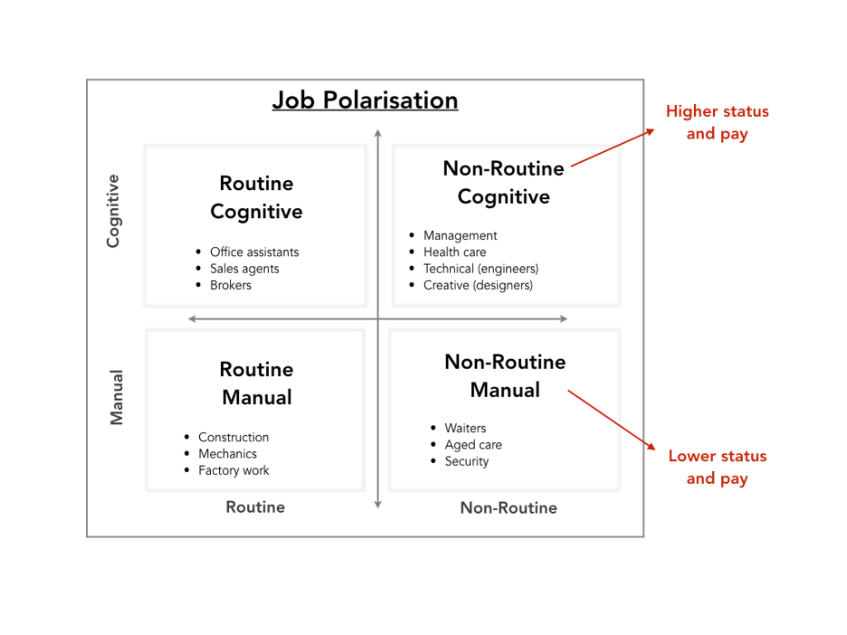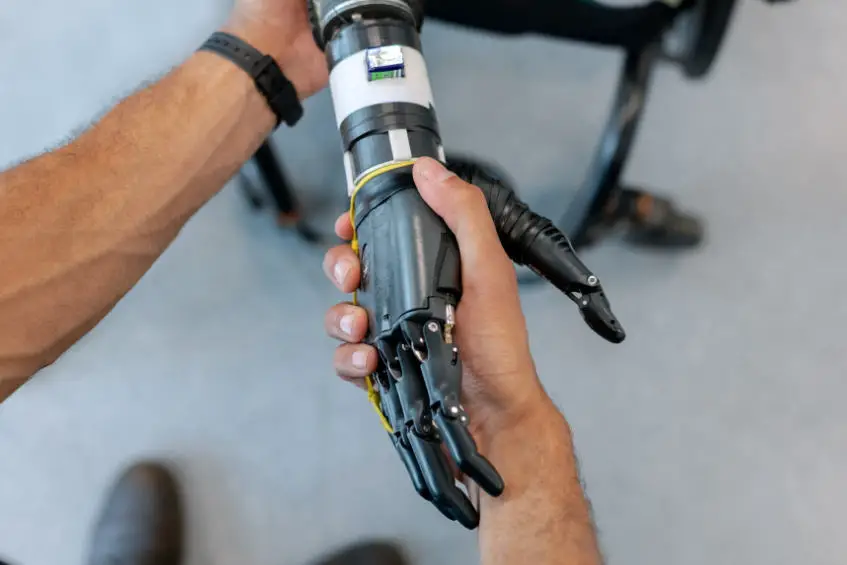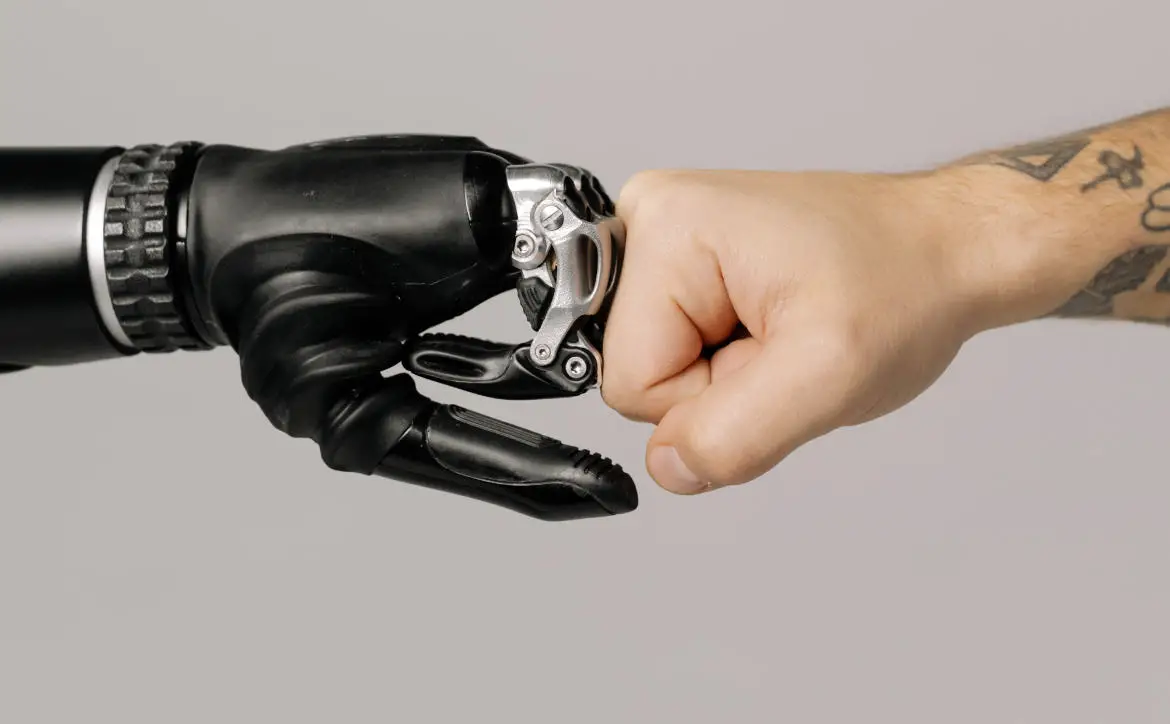In an age of quickly evolving technology and the growing prevalence of artificial intelligence, what humans will do for jobs, what the workforce does, is gradually changing. Lifelong learning is the new normal as agility and adaptability become foundations of the future of work, especially in a digital economy. While many people feel that this is unchartered territory for the workforce and now heavily competing against machines for performing labor activities, history tells us a different story.
What machines are capable of doing has changed over the last 100 years thanks to a suite of technological developments, including the internet, cloud computing, and hardware improvements, among others. When we look at what machines can do today, it’s not anywhere near the same as what they were capable of 100 years ago. As a result, the value that humans contribute to the workforce today in 2021 is not the same as in 1921. Already, the World Economic Forum predicts that by 2025, 85 million jobs will be displaced while 97 million jobs will be in growing demand, created across 26 countries globally.
A century ago, machines were (and of course still are) good at things that are straightforward and repeatable, that don’t require adapting or flexibility when it comes to manual tasks or movements. Think of a sewing machine: it makes the same stitch over and over again without changing position. Of course, at the time of its invention, this sped up production enormously compared to sewing by hand. Sewers’ value was not in producing a standard shirt but in the fine, highly dexterous art of customized embroidery – something that machines couldn’t do. David Autor, Frank Levy, and Richard Murnane have long researched the skill content change and have split job tasks into 4 major categories (supported by Brynjolfsson and McFee in the Second Machine Age):

Job tasks that were routine and manual were some of the first to be affected by machines – for example, when early farm machines were invented, ploughing and reaping were no longer done by hand but by a machine (even if it was drawn by a horse or animal, it was still far faster than humans).
Job tasks that are non-routine, that aren’t repetitive and thus require decision making skills, and perhaps collaboration, communication, critical thinking, and creativity, as well as cognitive (i.e. they require brain power not muscle power), those are the jobs that a machine or computer cannot do. McKinsey research and data indicate that shifts are already occurring in what the workforce does during their hours of work.
Over the last 100 years, what machines are capable of doing has slowly creeped from the Manual and Routine quadrant into other quadrants. Advances in cloud computing, the internet, and the application of AI are to thank for this.
Truck driving is a fairly manual job, and has a large non-routine element to it as any kind of driving demands both planned and spur-of-the moment decision making. With deep learning, neural networks, and computer vision, self-driving trucks are much closer to a reality than ever before because machines are capable of handling more non-routine tasks. More advanced computer programming can allow for a machine to handle and react to a huge number of scenarios or use cases in a way that wasn’t previously possible and thus required a human. The Bureau of Labor Statistics estimates that there are 1.8 million trucking jobs – how many of those will remain and at what pace will they disappear as self-driving trucks and supporting technologies such as 5G develop?
What humans have that machines certainly don’t are soft skills: structured problem solving, complex decision making, empathy, complex written and verbal communication, depths of creativity, social intelligence, sense-making, cross cultural competencies, and more. These are very hard competencies to program into a machine, and thus they remain the areas where humans can bring value to the workforce. McKinsey’s recent discussion paper on Automation and the Future of the Workforce noted that basic cognitive skill demand will decline by 15% while demand for social and emotional skills will rise by 24%.
How do we develop these kinds of skills? They certainly are the competencies that were required 100 years ago or even a few hundred years ago when the education system was designed. It’s only logical to conclude, then, that what training looks like today should be designed to produce the skills required of the workforce. This will require revolutionizing how most training happens.
Machines today have or have access to an enormous amount of knowledge. The human brain can’t hold or process anywhere close to the same amount of data or information that a computer can, so we don’t add value there. The problem is that most training today is still centered on knowledge transfer. But knowledge isn’t the key capacity that we need; it’s developing skills in various areas. Given this, it’s not surprising that 3% of jobs will likely be automated away by AI.

Skills are developed through hands-on, active learning, not through knowledge transmission, a lecture, or a MOOC video. Unfortunately, most corporate training programs use MOOCs or focus on knowledge transmission and aren’t truly preparing their workforce for the future, let alone for today’s jobs according to their own company’s job descriptions.
Training, investing in human capital such that we have value compared to machines, needs to be skill-focused. The sports world has long recognized how skills are developed: through practice, repetition, practicing game-time situations before games, using timely feedback, and using exercises for specific skill development in a specific order that leads to a progression in the sport itself. Workforce training needs to take a lesson from the sports world and revolutionize how training happens. Athletes, musicians, surgeons, or carpenters don’t develop their skills by sitting in a lecture or watching a video: they put in thousands of hours of hands-on work and practice.
Sadly, many HR departments are still living in the 19th and 20th centuries when it comes to training. They need to recognize the wider value of humans in the workforce, the impact of technological advances on human value, and how training needs to change as a result.
What do you think of human vs machine? Please share your thoughts on any of the social media pages listed below. You can also comment on our MeWe page by joining the MeWe social network.
About The Author

Kwame Yangame is the CEO and co-founder of Qwasar Silicon Valley, a global leader in innovative, 21st-century training for technical talent. With over 15 years of work in diversity-focused IT education, Kwame co-founded internationally recognized IT school 42 in Paris and California. He launched France’s leading private IT university Epitech over the last 20 years.










